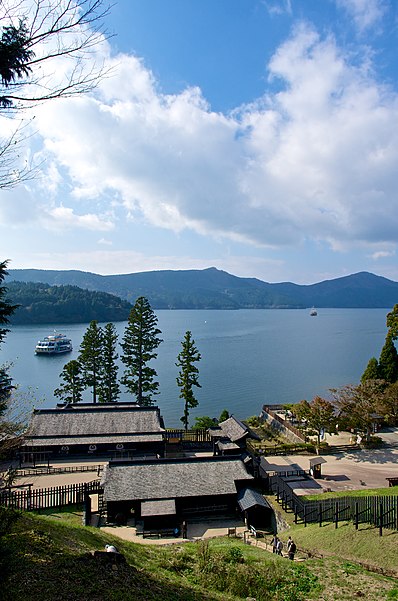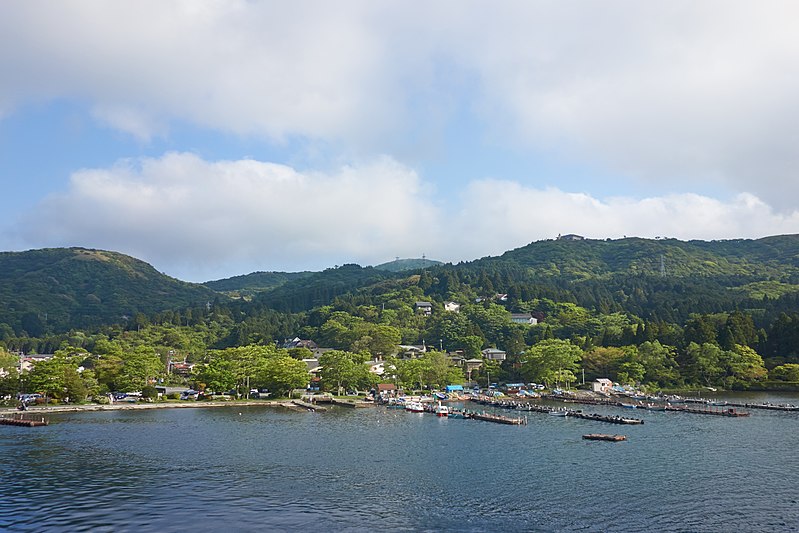Lake Ashi

Facts and practical information
Lake Ashi, also known as Ashinoko, is a scenic crater lake in the Hakone area of Kanagawa Prefecture in Japan. Framed by the lush slopes of the surrounding mountains and offering postcard views of the iconic Mount Fuji, Lake Ashi is a symbol of natural beauty and tranquility in Japan. The lake is approximately 400,000 years old, a product of a volcanic eruption of the Hakone volcano, and it spans about 7 kilometers in length.
Visitors to Lake Ashi can enjoy a variety of activities such as sightseeing cruises on pirate ship replicas, which provide a unique vantage point for appreciating the serene waters and the picturesque landscape. The lake is also a popular spot for fishing, with a variety of fish species inhabiting its depths, including the prized Japanese smelt.
Cultural landmarks dot the shores of Lake Ashi, including the historic Hakone Shrine, which is nestled in the dense forest and appears as if floating when viewed from the lake. The shrine, with its iconic red torii gate standing in the water, is a serene location that draws both tourists and worshipers.
The area around Lake Ashi is known for its hot springs, with many onsen (hot spring) resorts offering restorative experiences for travelers. The combination of the lake's natural beauty, cultural significance, and recreational opportunities makes Lake Ashi a must-visit destination for those traveling to Japan.
Throughout the seasons, Lake Ashi offers a changing palette of colors, from the delicate pink of cherry blossoms in spring to the fiery hues of autumn leaves. In winter, the sight of Mount Fuji covered with snow, as viewed from the lake, is particularly breathtaking.
Kanagawa
Lake Ashi – popular in the area (distance from the attraction)
Nearby attractions include: Hakone Open-Air Museum, Hakone Shrine, Hakone Barrier, Museum of The Little Prince in Hakone.


















